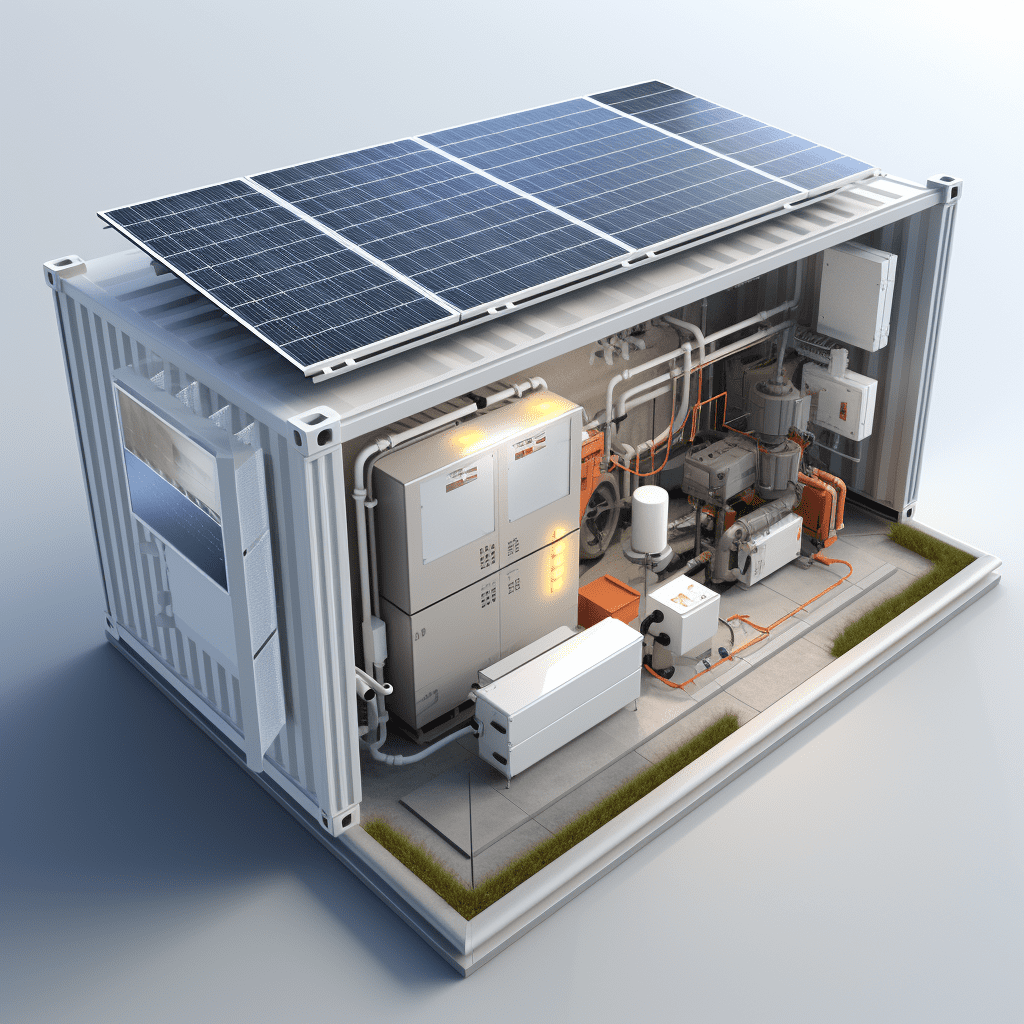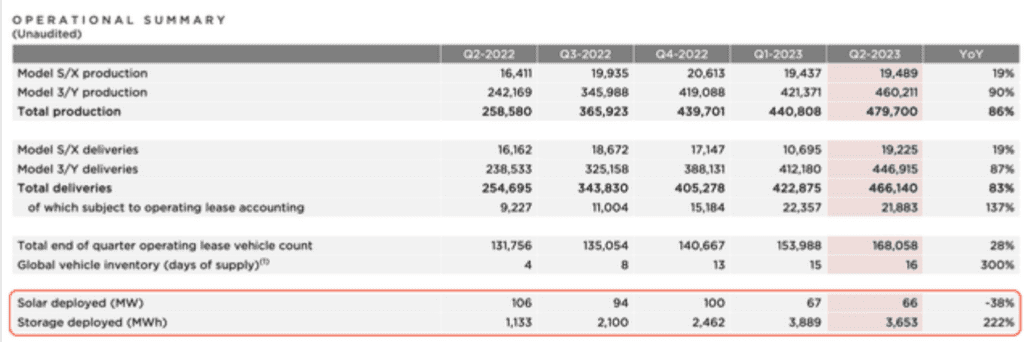When it comes to choosing between Enphase Battery and Tesla Powerwall 2, both options present distinct advantages and characteristics that can cater to varying needs and preferences. This comprehensive comparison explores each system’s features, performance, and value to help you make an informed decision.
1. Overview of Enphase Battery
The Enphase Battery stands out due to its modular design, which allows for scalability and customization based on the user’s needs. Each battery unit can operate independently, making it easier to expand or adjust the system as required.
1.1 Modular Design
The Enphase Battery’s modular design is a significant advantage for those looking to scale their energy storage over time. Users can start with a small setup and increase capacity by adding more batteries, which is particularly useful for accommodating changing energy needs or budget constraints.
1.2 Lithium Iron Phosphate (LFP) Chemistry
Enphase utilizes Lithium Iron Phosphate (LFP) chemistry, known for its exceptional safety and long lifespan. LFP batteries are less prone to overheating and have a higher thermal stability compared to other lithium-ion chemistries. This makes them a reliable choice for home energy storage.
1.3 Warranty and Lifespan
Enphase offers a standard 10-year warranty on their batteries, with an option to extend for an additional 5 years. This warranty covers both performance and capacity, ensuring that the battery will maintain its functionality and effectiveness throughout its lifespan.
2. Overview of Tesla Powerwall 2
The Tesla Powerwall 2 is renowned for its high efficiency and advanced technology. It provides robust performance and scalability, making it a popular choice among homeowners looking for reliable energy storage solutions.
2.1 High Efficiency and Performance
The Powerwall 2 boasts a higher overall efficiency compared to many other batteries on the market. Its round-trip efficiency—the ratio of energy stored to energy returned—is impressive, translating to more effective use of the stored energy.
2.2 Scalability and Integration
Tesla’s system allows users to install multiple Powerwalls to expand their energy storage capacity. This feature is particularly beneficial for larger homes or those with higher energy consumption needs. The integration with Tesla’s ecosystem, including solar panels and electric vehicles, enhances the overall energy management experience.
2.3 Warranty and Lifespan
Tesla provides a 10-year warranty for the Powerwall 2, with specific conditions related to usage and performance. The warranty covers both the battery’s capacity and performance, offering peace of mind for long-term investment.
3. Comparative Analysis
3.1 Performance and Efficiency
When comparing performance and efficiency, the Tesla Powerwall 2 generally leads with its higher round-trip efficiency and overall energy output. However, the Enphase Battery’s modular design allows for more flexible configurations that can adapt to various needs and preferences.
3.2 Safety and Technology
The safety of the Enphase Battery is notable due to its LFP chemistry, which is less likely to experience thermal runaway. On the other hand, Tesla’s Powerwall 2 employs advanced thermal management and safety features to ensure reliable operation.
3.3 Cost and Value
Pricing for both systems can vary widely depending on the configuration and installation requirements. The Enphase Battery’s modularity allows for a more gradual investment, while the Tesla Powerwall 2 offers a more integrated and potentially higher upfront cost. Each system’s value proposition depends on the user’s specific needs, budget, and energy goals.
3.4 Installation and Maintenance
Installation processes for both systems require professional assistance to ensure proper setup and integration. The Enphase Battery’s modular approach may offer simpler upgrades and expansions, while the Tesla Powerwall 2 provides a comprehensive solution with advanced integration features.
3.5 Warranty and Longevity
Both Enphase and Tesla offer competitive warranties, but the Enphase Battery’s extended warranty option provides additional flexibility. The Powerwall 2’s warranty includes specific usage conditions, which may be more restrictive but are designed to ensure optimal performance.
4. Conclusion
Choosing between the Enphase Battery and the Tesla Powerwall 2 ultimately depends on your specific requirements and preferences. The Enphase Battery excels in modularity and safety, making it a great option for those seeking flexibility and long-term reliability. Conversely, the Tesla Powerwall 2 offers superior efficiency and scalability, making it an ideal choice for users who prioritize advanced technology and integration with other Tesla products.
We recommend evaluating your energy needs, budget, and long-term goals before making a decision. Both systems offer significant benefits, and understanding their unique features will help you select the best solution for your home.




